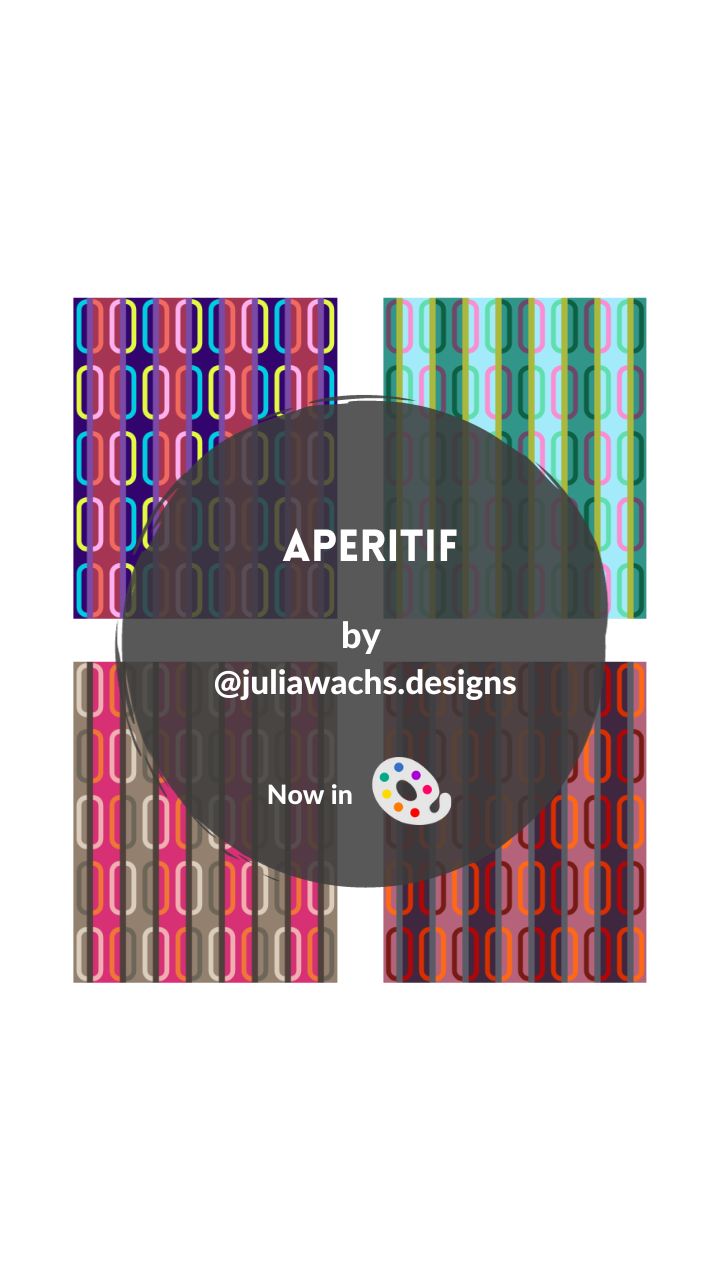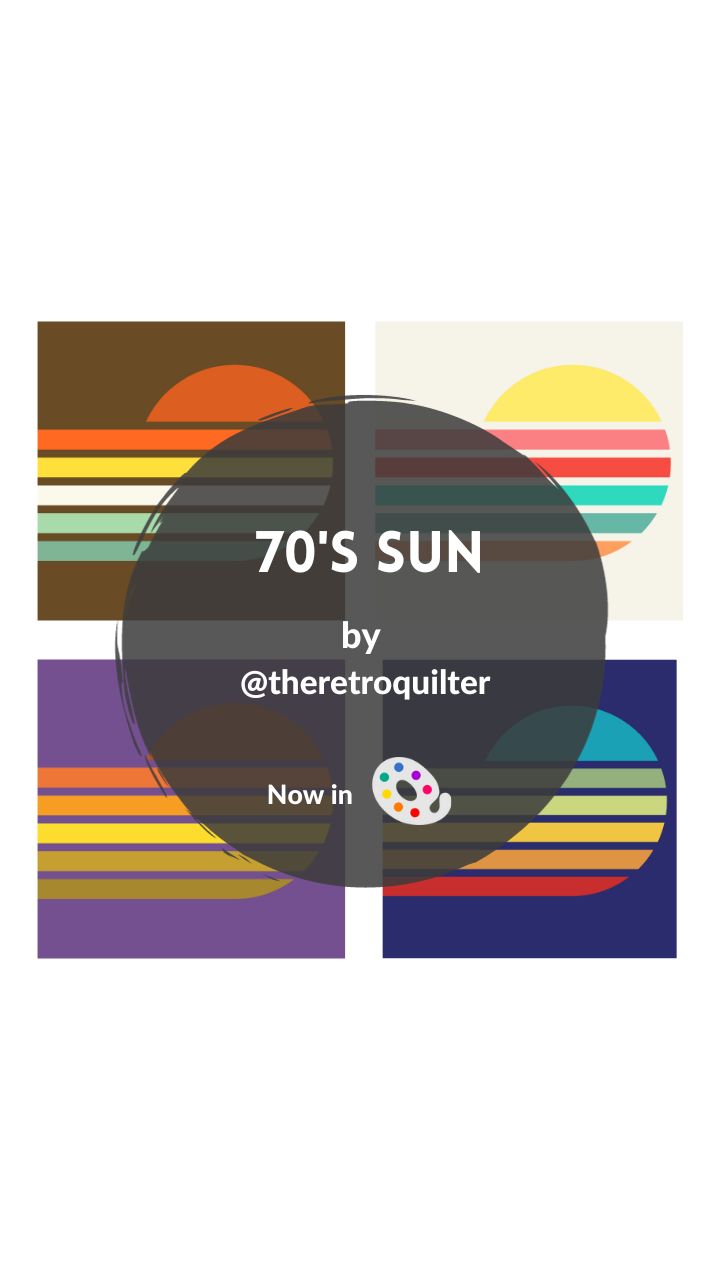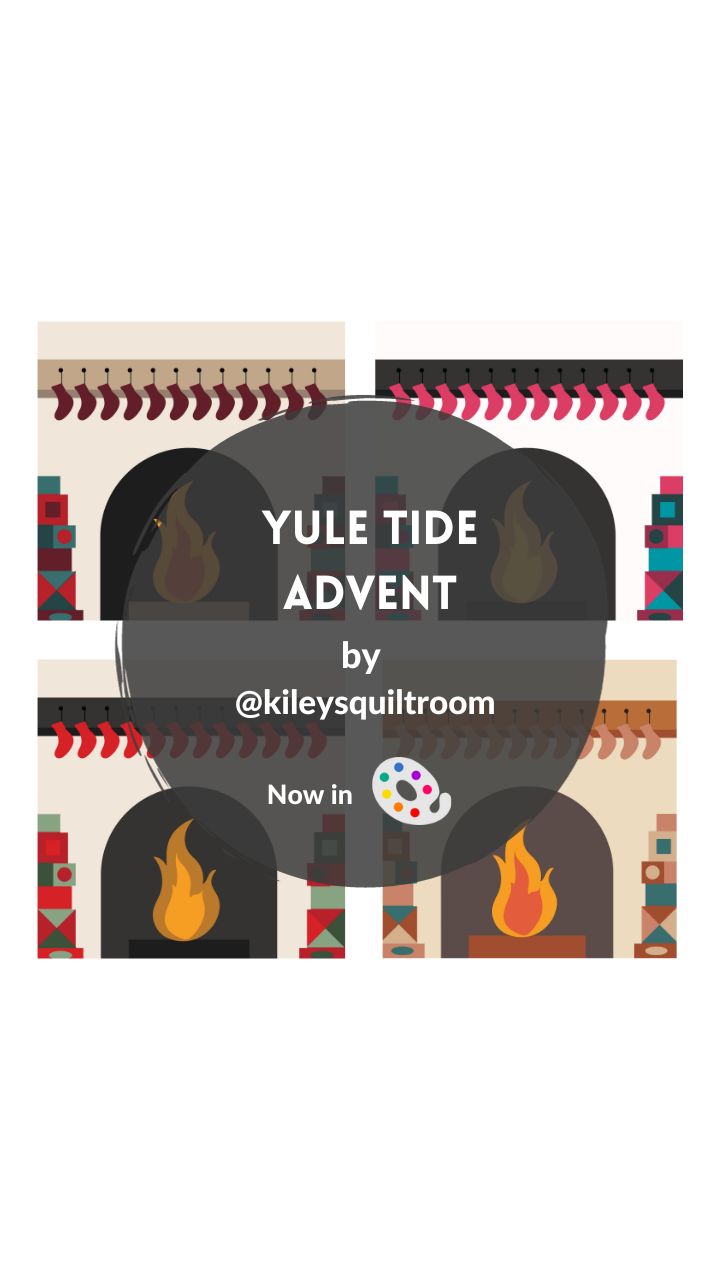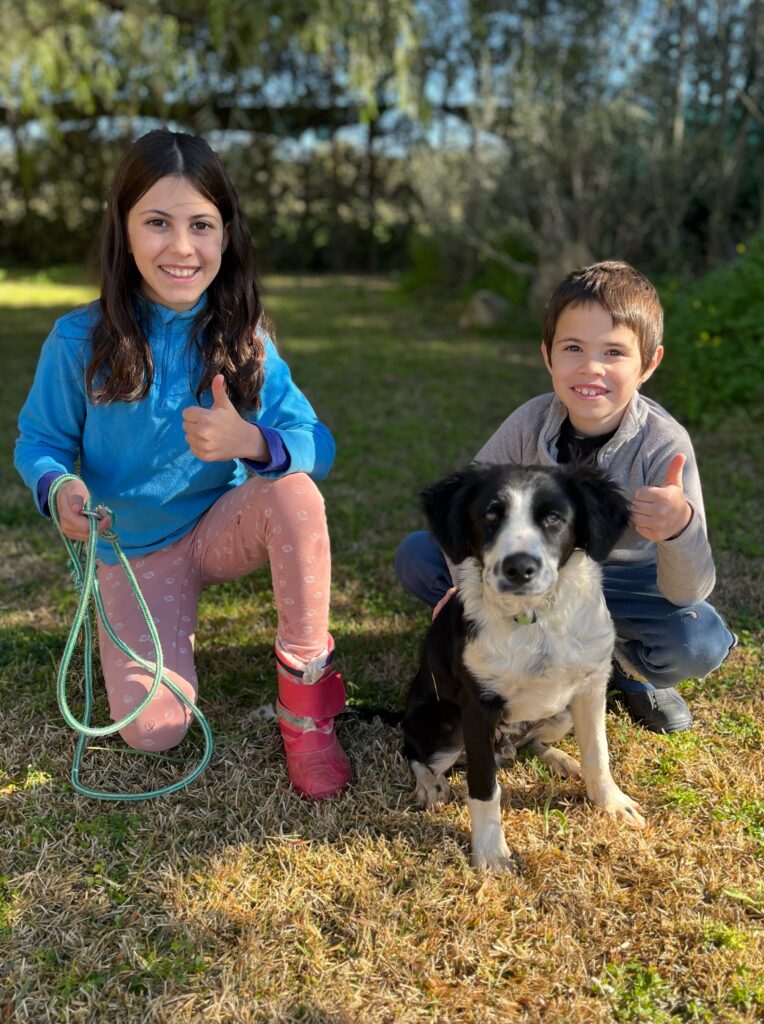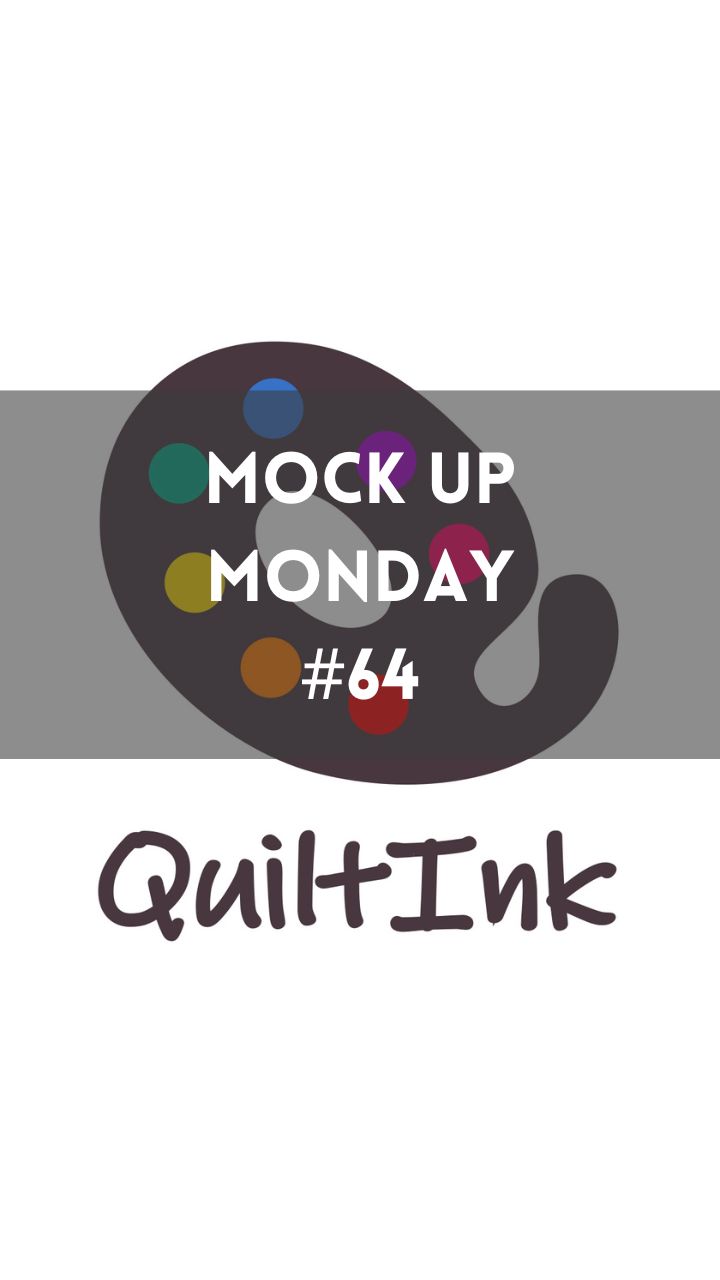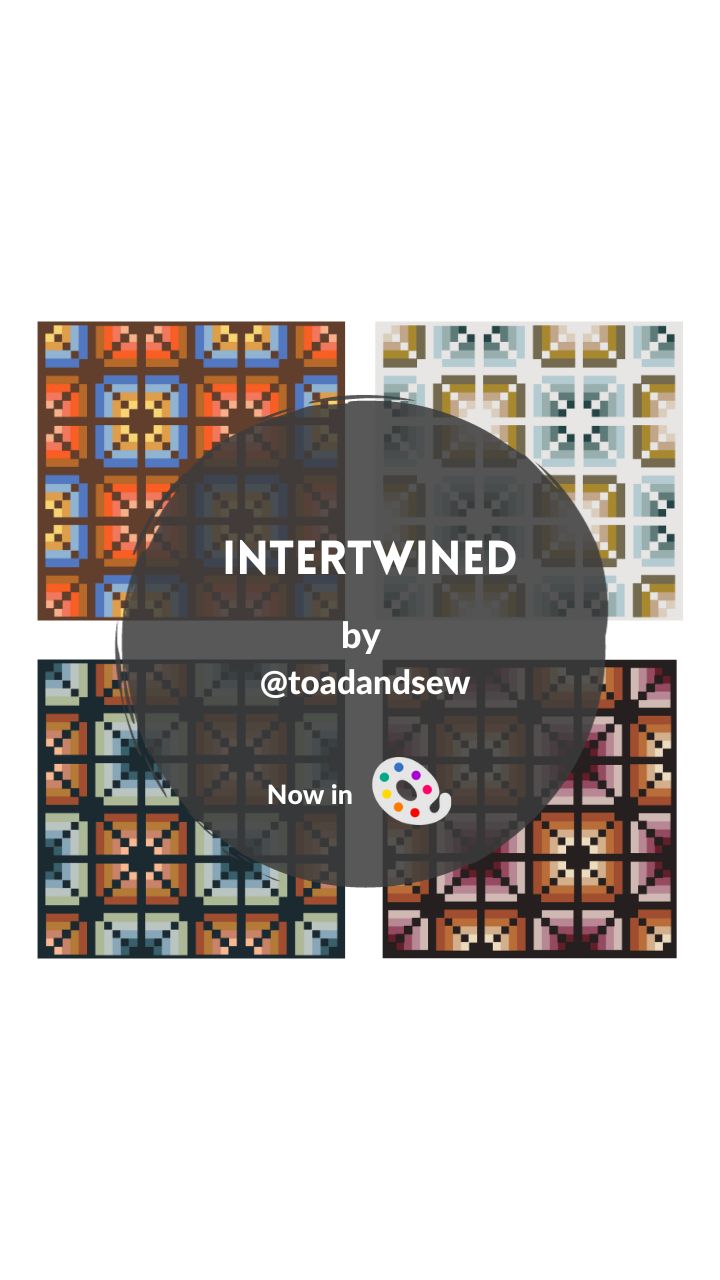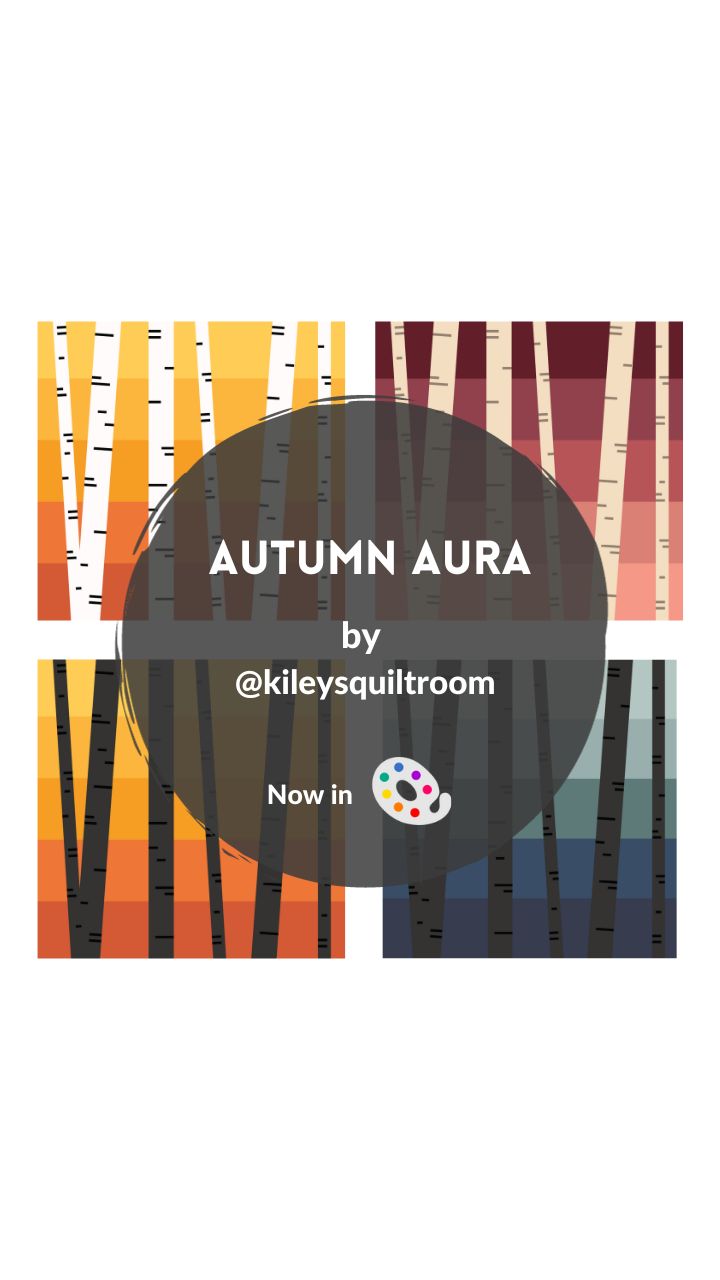Here is our dose of color inspiration for this week, the #64 #qink_mockupmonday, made up with more than 80 #mock-ups made by our amazing #quiltinkcommunity of more than 3150 #quiltinkaddict!
Can you see the #mock-ups with printed fabrics? They are amazing! It’s really exciting seeing how you are starting to use the new option!
Remember you can register for free and upload your own printed fabrics.
Patterns featured in this #video:
Solar Flare by Alderwood Studio
Splendid Shimmer by APieceofQuietQuilts
Ridges by Bookends Quilting
Rhapsody Rainbow by Crafty Moose Quilts
Shuttle by Glad Hand Sews
Cosmic Cactus by Lou Lou & Betty
Web Design Quilted Pillow by Mija Handmade
DragonFly by ModernQuiltLab
Pippilotta by Mommy and Me Quilt Co.
Sweater Weather Sampler by Nine Patch Quilt Collective
Springtide by Sylvia Raschella
Tiger by ThePlucky
Stitch Every Which Way and
Irish River by Blue Beagle Quilts
Flor andMagnolia by Capital A Quilts
Chess Patchball by Amarar Studio
Whale’s Tail by Cedar Quilt Co.
Fairy Rings by DueNorthHandmade
Karnak by Tessellate Textiles
70’s Sun by The Retro Quilter
Senna and
Perseids by Alexandra Bordallo
Big Sky Star and
Lone Star by Plains and Pine
Happy Camper by Modern Moon Quilt Studio
The Garden Gate by The Log Cabin Quilter
2022 Good Things Bom and
Bloem by Libs Elliott
Paper Lanterns,
Evolve,
Yule Tide Advent and
Autumn Aura by Kileys Quilt Room
Prism Point,
Summer Hex,
Pumpkin Roll and
Scalloped Edge Puff by ModishQuilterMagazine
Garden Glow,
Gambit,
Joplin and
Intertwined by Toad and Sew
